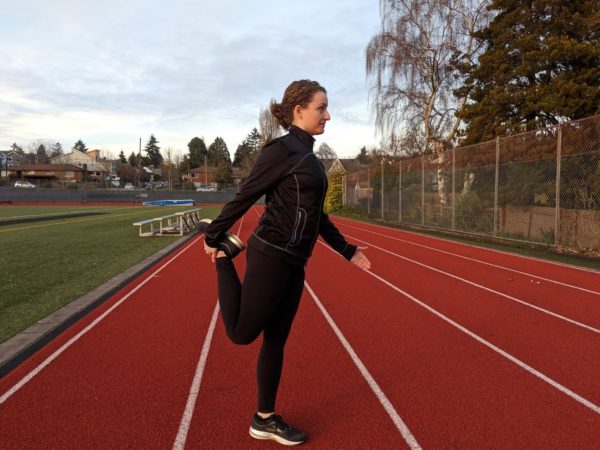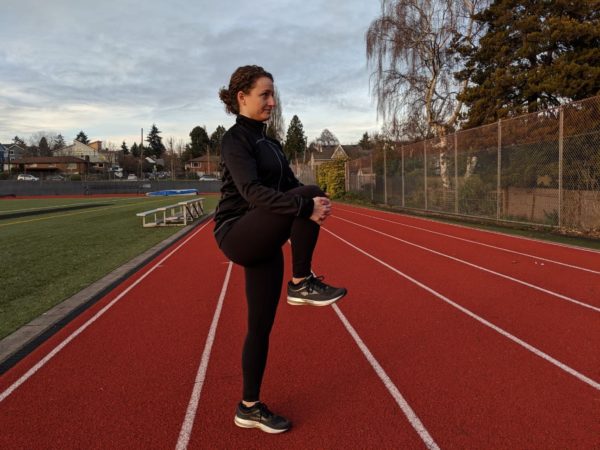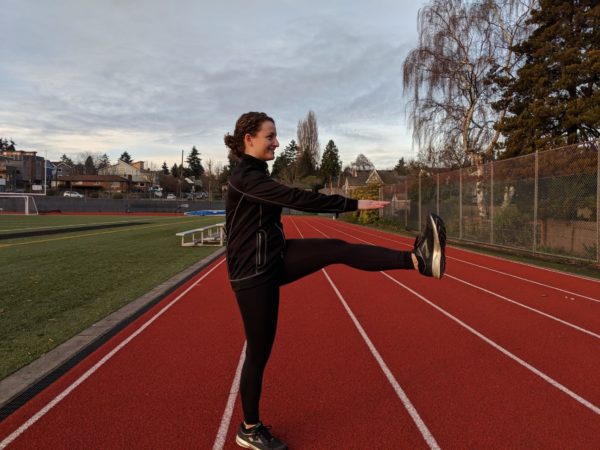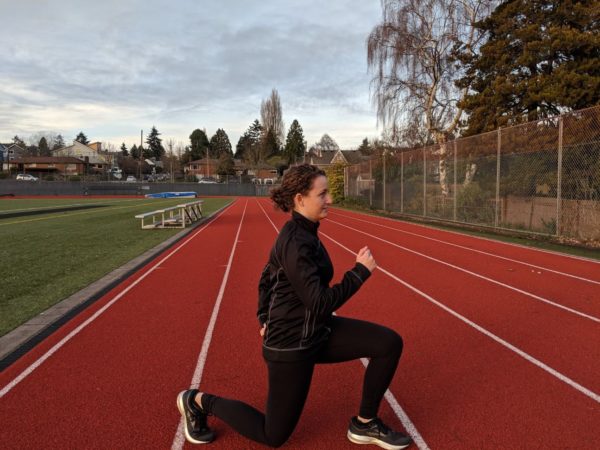With the change in weather that spring brings, many of us start working toward new goals. Maybe you want to run your first 5k or marathon or improve your time at a specific distance. When working toward any new fitness goal, it is important to be smart and savvy about how you build up to your new athletic endeavors. Here are some tips for beginning and seasoned runners looking to make this a great running season.
Tip #1: Be smart about increasing your weekly mileage.
If you are new to running or have taken more than 4 weeks off, it is important to ease your body into running. If this describes you, the best way to avoid injuring yourself is to combine walking and running to give your body time to build up strength to pound out those miles. For example, your first “run” might be 20-30 minutes of 1 minute running and 5 minutes walking. If you can complete 30 minutes pain-free, then on your next run you can progress to 2 minutes running and 4 minutes of walking, and so on.
Another important concept when increasing your weekly running distance is to follow the 10% rule. The 10% rule is simple: do not increase your weekly mileage by more than 10% per week. This allows your body to adapt to the increase in mileage gradually over time. For example, if you run 10 miles in one week, then the next week you would run no more than 11 miles (10% of 10 is 1, and 10+1=11). If you are consistently building mileage week over week, every 3-4 weeks you should remain at the same mileage for one week to allow your body to continue adapting. If you track your running in minutes instead of miles, the same rule applies. The additional mileage can be added to one run or divided up across the week. This will depend on your goals and what your tolerance is.

Tip #2: Listen to your body.
This one may seem obvious, but many runners push through pain to reach their goals, often leading to more time sidelined with injury. One way runners can protect their bodies against injury is to invest in a good pair of running shoes that are a good match for you. Seek out a running specialty shoe store, as they will watch you walk and run and recommend a specific type of shoe that is best for your body and foot type. Running shoes should be replaced every 300-500 miles, or about every 6 months, as materials break down over time and lose their supportive properties. Looking for more information about shoes? Click here to learn more about how to choose your shoes wisely.
If you do find yourself with a niggle or injury that won’t go away, ask yourself these questions:
- Does the pain cause me to limp or alter my stride?
- Does the pain get progressively worse as I am running?
- Does the pain linger for hours after a run or interfere with my daily activities?
If you answered yes to any of those questions, then it is time to take some rest. You can try to apply ice to the affected area for 10 minutes as needed throughout the day. This can help reduce pain and inflammation. If it does not improve after 3 days of rest, it’s time to seek an evaluation from your physical therapist.
Tip #3: Do a thorough warm-up.
Injuries tend to occur when you jump into an activity without a thorough warm-up. Warming up before a run or any exercise helps to gradually increase your heart rate and increase blood flow to your arms and legs. Before a run, walk briskly or jog slowly for 5 minutes to get the muscles warm. Then, do a dynamic warm-up like the one outlined below. Dynamic warm-ups are better than static stretching before a run because they help stimulate the muscles to work before running. This is a great way to warm up the muscles specific to running.
Perform each of the following 4 movements for 10-20 steps per leg. You can hold each pose briefly (2-3 seconds) before switching legs.
Ankle grabs:
As you walk, grab one ankle behind you to provide a quick stretch to the front of your thigh.

High knees:
Hug one knee to your chest to feel a stretch in your glute.

Hamstring kicks:
Kick one leg straight in front of you briskly but with control of movement.

Lunges:
Bend both knees to about 90 degrees and lean forward slightly so a stretch is felt in the front of your trailing leg.

Start slow for a successful running season.
If the spring season has you lacing up your running shoes, be sure to pursue your athletic goals slowly. If you have any questions about how to avoid running injuries while increasing your performance, whether you’re brand new to running or are a seasoned runner aiming for longer distances or faster speeds, we can help. Our passion is to help everyone reach their goals.



